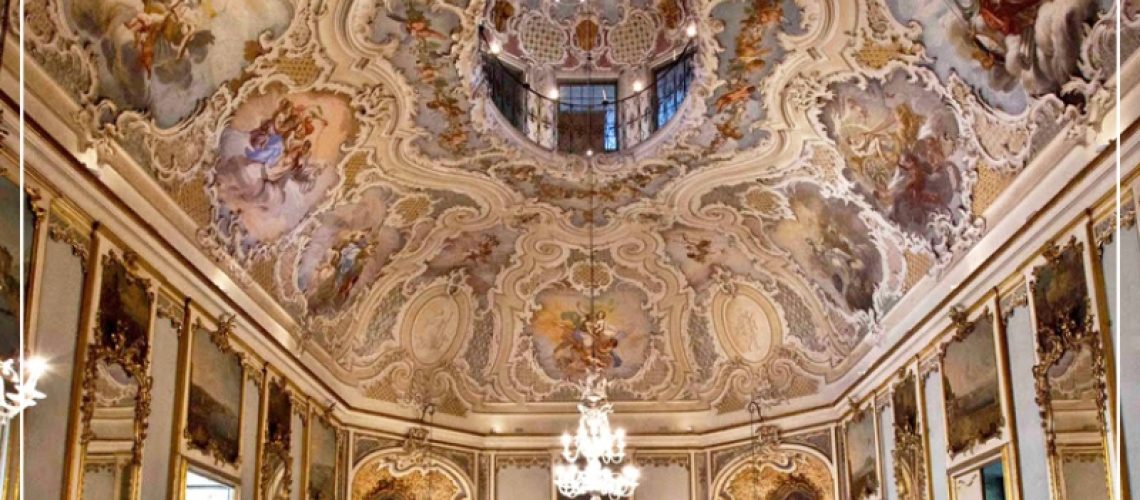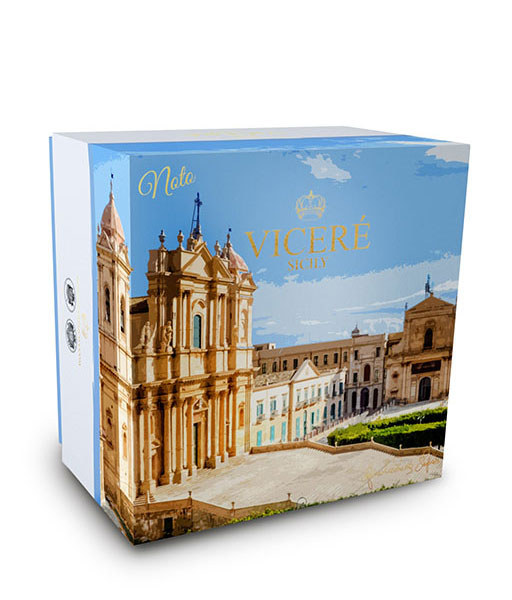Sicilian residences: the elegant bond between history and the charming luxury of the nobles
The whole Sicilian territory holds surprises and provides a feast for the eyes, managing to meet everyone’s tastes, thanks to the presence of a wide variety of both natural and artificial landscapes. Within the main cities of the island, there are several historic buildings which, during the 18th century and until the fascist period, served as ancient residences for nobles and important families of their era, enriching the boulevards and streets of the city with fine architecture and refined facades, astonishing passers-by who were on business or leasure trips.
Today, the same buildings keep their charm unaltered, even if they lost their main function; the ancient Sicilian residences now represent a tourist destination of excellence for lovers of Sicilian culture and history, while others have been relocated to different uses in order to fulfill a range of public functions.
The famous Villa Cerami in Catania
In relation to that, the famous Villa Cerami in Catania is a perfect example. Located in Via Crociferi, not far from Via Etna, it was built in the 18th century by the Sicilian noble family of the Rosso di Cerami. They were descendants of the Altavilla dynasty, which was very active on the Catania political scene. The building became a landmark in town, mainly because the owners were used to throw parties and celebrations enjoying the spacious halls available and the adjacent garden.
The period of glory for Villa Cerami can be traced back to the late 19th century, when King Umberto I and Queen Margherita were hosted there in 1881. Following a period of significant decline, Villa Cerami was then purchased by the University of Catania and allocated to be the seat of the Faculty of Law.
Palazzo Biscari, a unique and matchless symbol of Sicilian Baroque
Not far away, near today’s port area, stands Palazzo Biscari, a unique and matchless symbol of Sicilian Baroque. The building, better than any other, can prove the essence and importance of historical Sicilian residences. In particular, it was built on the city walls of Catania, which collapsed following the disastrous Val di Noto earthquake in 1693.
The highly refined Baroque, evident on the facade due to the presence of various allegorical themes announcing abundance, prosperity and wisdom, is even more apparent inside the structure. Here, in fact, rooms and halls follow one after the other, right where the Sicilian nobility of that time used to spend their evenings or organize events. Not only Palazzo Biscari was then the residence of the Moncada Paternò Castello family, it also housed several illustrious men such as Goethe, who spent several nights there during his trip to Italy.
Palazzo Valguarnera, built in 1700 by the family of the same name as a celebration of their lineage
Likewise, the eastern part of the island houses several important buildings of the past. Amongst the most famous is definitely Palazzo Valguarnera, built in 1700 by the family of the same name as a celebration of their lineage. It is a majestic building with bright and refined colors in full Rococo style, conceived with the aim to host various noble families from Palermo.
Over time, several prominent figures among the Sicilian nobility dwelled in Palazzo Valguarnera, but it is remembered above all for the movie The Leopard, since its wonderful halls were employed by the director to shoot the scene of the ball, one of the most beautiful ones.










